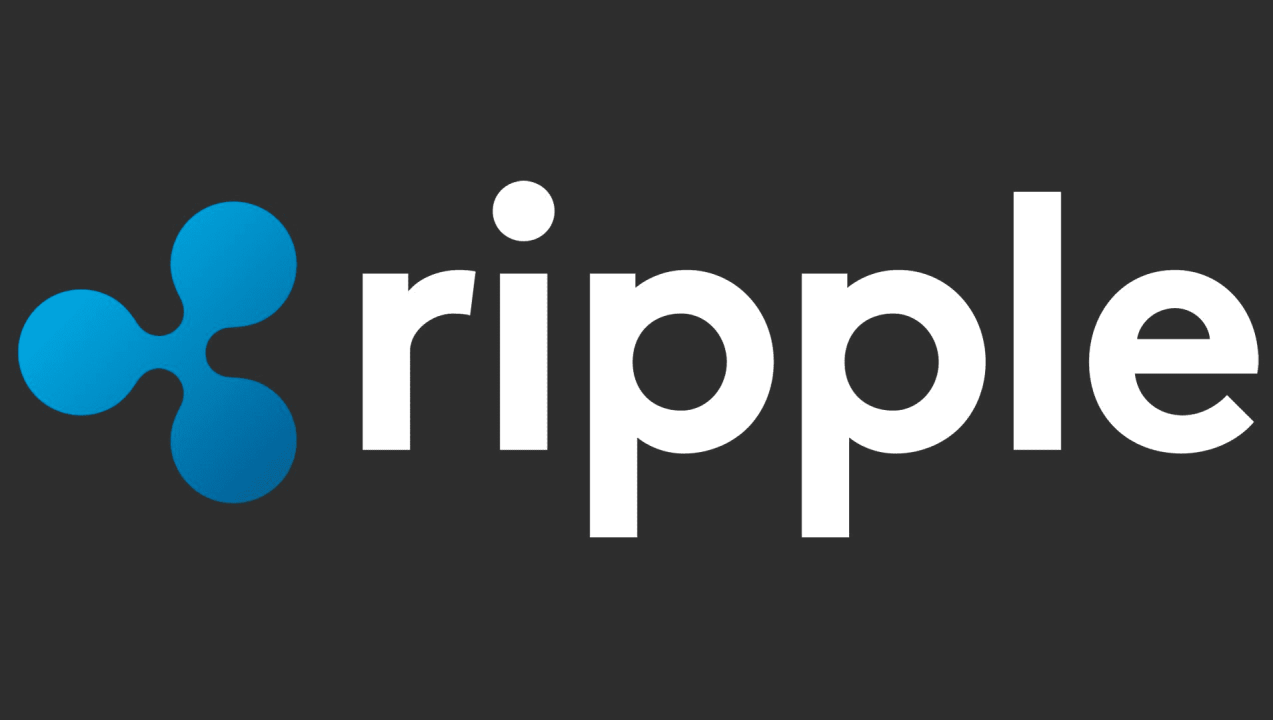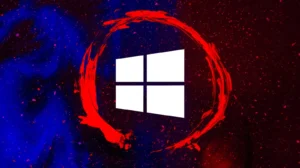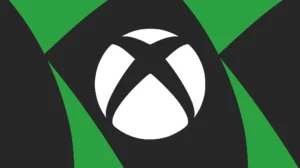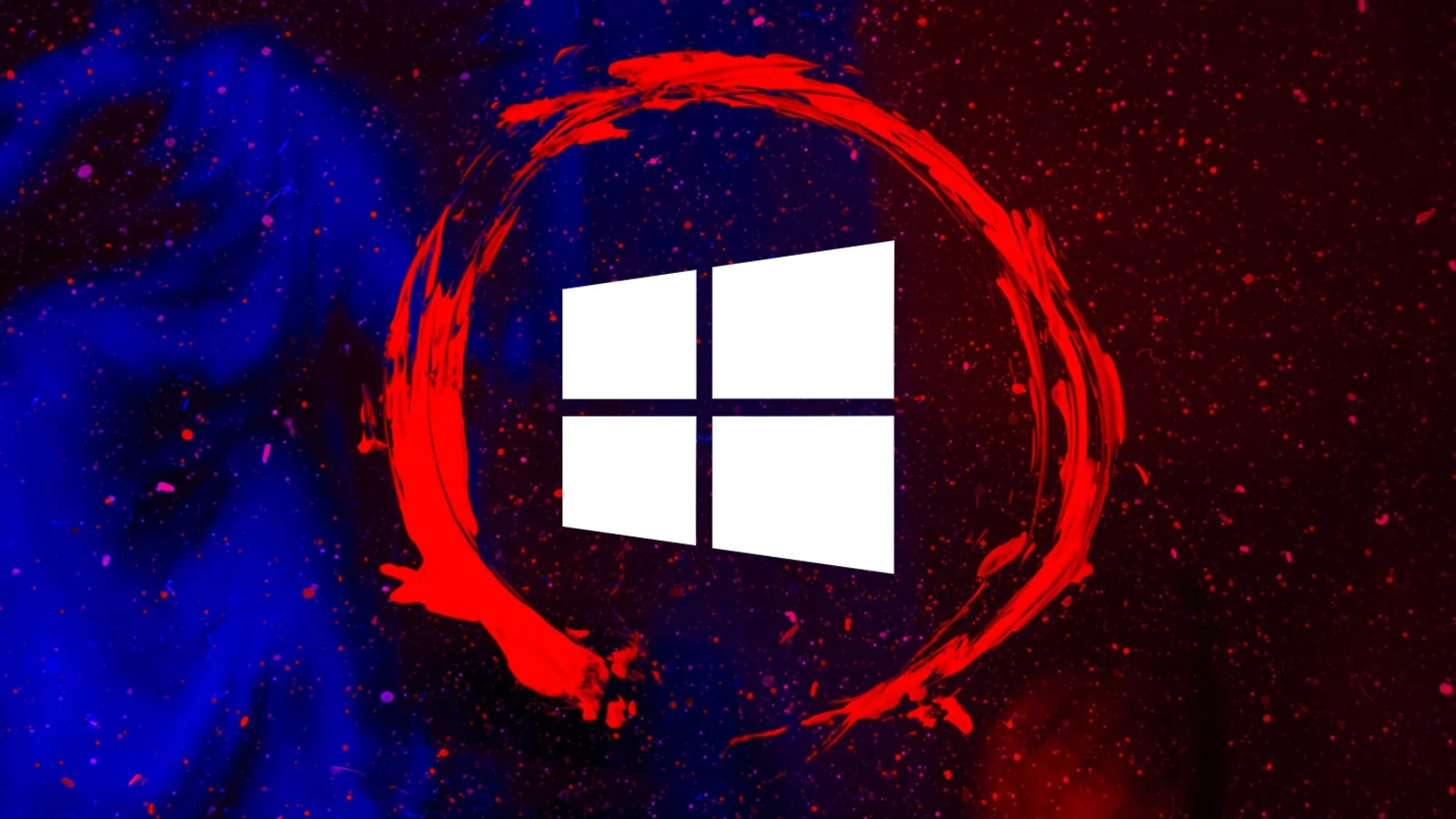In a recent series of discussions and clarifications, Ripple’s Chief Technology Officer (CTO), David Schwartz, addressed two significant concerns within the XRP community: the divisibility of XRP and the wallet reserve requirements on the XRP Ledger (XRPL).
Key Highlights:
- Debate over the necessity of a 10 XRP reserve fee for new XRPL accounts.
- Community discussions regarding the Automated Market Maker (AMM) protocol on XRPL.
- Clarification on the rationale behind XRP’s total supply of 100 billion coins.
Understanding the 10 XRP Reserve Fee
A notable point of contention within the XRP community has been the 10 XRP reserve fee required for activating new accounts on the XRPL. This fee, intended as a measure against spam and malicious activity, has sparked debate regarding its impact on adoption and user onboarding. Ripple’s CTO, David Schwartz, reiterated the importance of this fee in maintaining network security and integrity, despite community concerns about its potential to deter new users. In response to feedback, Schwartz highlighted the unique design philosophy of the XRPL compared to other blockchains like Bitcoin and Ethereum, emphasizing that the XRPL’s reserve serves multiple purposes beyond just account creation.
Automated Market Makers (AMM) and XRPL
Another significant area of discussion has been the introduction of Automated Market Makers (AMM) on the XRPL. Schwartz stepped forward to clarify the AMM protocol and its implications for the decentralized exchange on XRPL. He outlined the benefits of AMMs, including liquidity provision through user-initiated transactions and the integration of features such as smart AMMs, deposits from accounts with valid DID codes, and the incorporation of AI and Oracle functionalities. This move is seen as part of Ripple’s broader effort to address technical challenges and enhance the efficiency and functionality of the XRPL.
Automated Market Makers (AMM) on XRPL
The introduction of Automated Market Makers (AMM) into the XRP Ledger represents a significant advancement in Ripple’s offering, enhancing the decentralized exchange capabilities of XRPL. AMMs facilitate automatic trading and liquidity provision, which is crucial for the efficient functioning of any decentralized exchange. By providing clarity on this protocol, Schwartz not only addresses community concerns but also highlights Ripple’s commitment to incorporating innovative solutions that bolster XRPL’s infrastructure and utility.
Rationale Behind 100 Billion XRP Total Supply
The decision to issue 100 billion XRP coins has been a topic of interest and speculation. Schwartz engaged in a detailed discussion on the technical considerations behind this choice, emphasizing the goal of fitting integer amounts within 64-bit constraints while allowing for sufficient divisibility and ease of understanding for humans. This clarification sheds light on Ripple’s strategic approach to XRP’s tokenomics and aims to reassure the community about the thought process behind the ledger’s design and functionality.
David Schwartz’s recent engagements with the XRP community underscore Ripple’s commitment to transparency and dialogue with its user base. By addressing concerns over the XRPL’s wallet reserve requirements and the introduction of AMMs, as well as clarifying the rationale behind XRP’s total supply, Schwartz provides valuable insights into Ripple’s strategic decisions and technological priorities. These discussions reflect a balance between security, usability, and innovation in developing the XRPL. As Ripple continues to navigate the complexities of blockchain technology and digital finance, the company’s open communication with its community is a vital component of its success and adaptability.



















